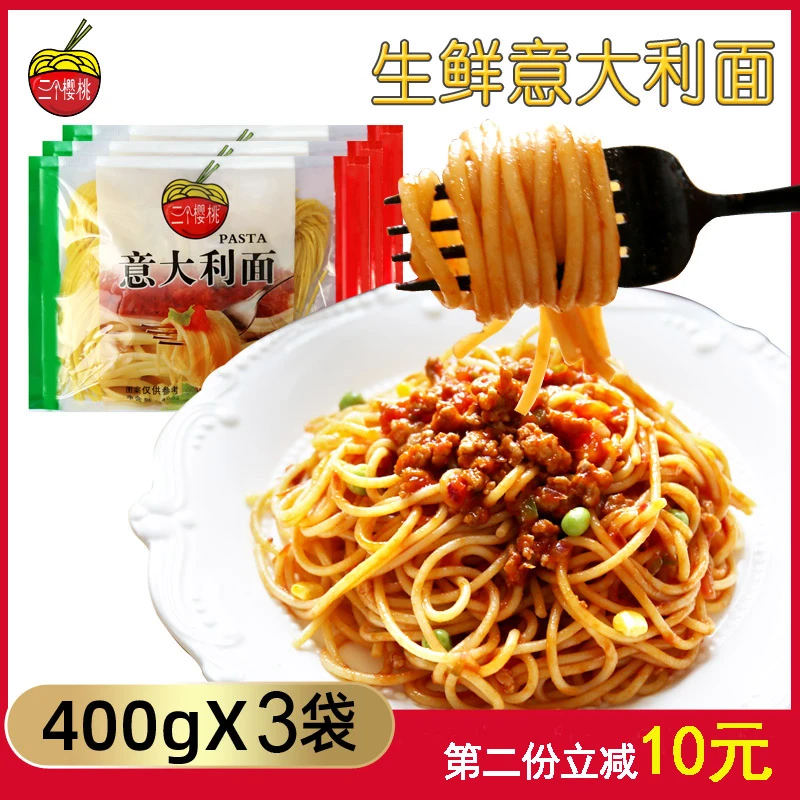Classic Recipe for Homemade Egg Noodles the Old-Fashioned Way
The Art of Making Old-Fashioned Homemade Egg Noodles
There's something undeniably comforting about a bowl of warm soup filled with tender egg noodles, reminiscent of grandmother’s kitchen. Old-fashioned homemade egg noodles carry a rich history and are a staple in many cultures, offering a taste of nostalgia with each bite. Making your own egg noodles is not just a culinary endeavor; it’s an experience that allows you to connect with tradition and savor the flavors that have been passed down through generations.
The Ingredients
To embark on the journey of making homemade egg noodles, you'll need a few simple ingredients all-purpose flour, eggs, and a pinch of salt. While the recipe may seem basic, the magic lies in the technique and the love you pour into the process. The traditional ratio is typically two large eggs for every cup of flour, yielding dough that is both pliable and rich in flavor. The salt enhances the overall taste, but be sure to use it sparingly.
The Preparation
The first step is to prepare your workspace. Clean a large surface, such as a countertop or a wooden table, and create a well with the flour, forming a sort of volcano shape. Crack the eggs into the well and add salt. With a fork, gently whisk the eggs, gradually incorporating the flour from the edges of the well. As the mixture comes together, switch to using your hands to knead the dough.
Kneading is a critical part of the process. You want to develop the gluten in the flour to create a smooth and elastic dough. Knead the dough for about 5 to 10 minutes, until it feels soft and pliable. Once ready, wrap it in plastic wrap and allow it to rest for at least 30 minutes. This resting time is essential as it allows the gluten to relax, making the dough easier to roll out.
Rolling and Cutting the Noodles
old fashioned homemade egg noodles

After the resting period, divide the dough into manageable portions. Dust your workspace with a bit of flour to prevent sticking, and roll out one portion of the dough as thinly as possible. The thinner you roll it, the more delicate and charming the noodles will turn out. Once rolled out, use a sharp knife or a pizza cutter to slice the dough into your desired noodle shape. Classic shapes include fettuccine, wide ribbons, or even thinner strands like spaghetti. Dust the cut noodles lightly with flour to prevent them from sticking together.
Cooking the Noodles
When it comes to cooking your homemade egg noodles, the process is straightforward. Bring a large pot of salted water to a rolling boil. Depending on the thickness of your noodles, fresh egg noodles will typically cook quickly—about 3 to 4 minutes. Taste a noodle to check for doneness. Once cooked, drain them and toss them gently in a bit of olive oil or butter to keep them from sticking.
Serving Suggestions
The beauty of homemade egg noodles lies in their versatility. They can be enjoyed in a rich chicken noodle soup, tossed in a garlicky pasta dish, or served alongside a hearty meat sauce. For a comforting, simple meal, a drizzle of melted butter and a sprinkle of parsley can elevate the flavor profile, highlighting the noodles' homemade charm.
Conclusion
Making old-fashioned homemade egg noodles is a rewarding experience that invites you to slow down and appreciate the art of cooking. With just a few basic ingredients and some time, you can create a dish that not only nourishes the body but also warms the soul. So gather your ingredients, roll up your sleeves, and indulge in the delightful tradition of homemade egg noodles. Every bite will remind you of the love and care that went into making them—a true labor of love.
-
Unleash Your Inner Chef with Delectable Italian Pasta CreationsNewsAug.01,2025
-
Savor Health and Flavor: Irresistible Soba Noodles for Sale Await!NewsAug.01,2025
-
Nourish Your Body with Premium Organic Ramen - A Culinary Delight AwaitsNewsAug.01,2025
-
Elevate Your Dishes with Our Exquisite Kinds of Egg NoodlesNewsAug.01,2025
-
Dive into Flavorful Convenience with Our Ramen OfferingsNewsAug.01,2025
-
Discover Exquisite Types of Naengmyeon and Chilled Soba NoodlesNewsAug.01,2025
-
Is Whole Wheat Pasta Healthy?NewsMay.30,2025
Browse qua the following product new the we

















































































































